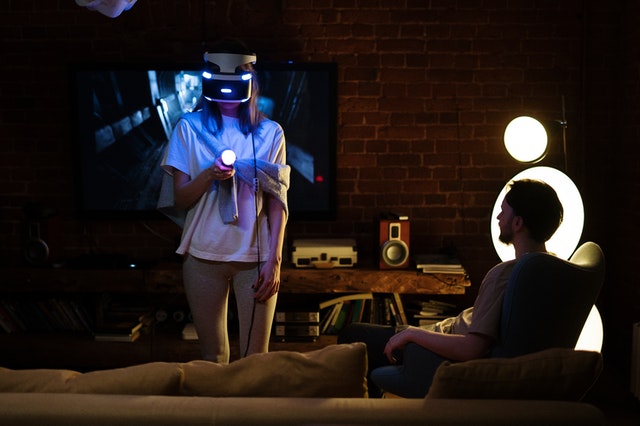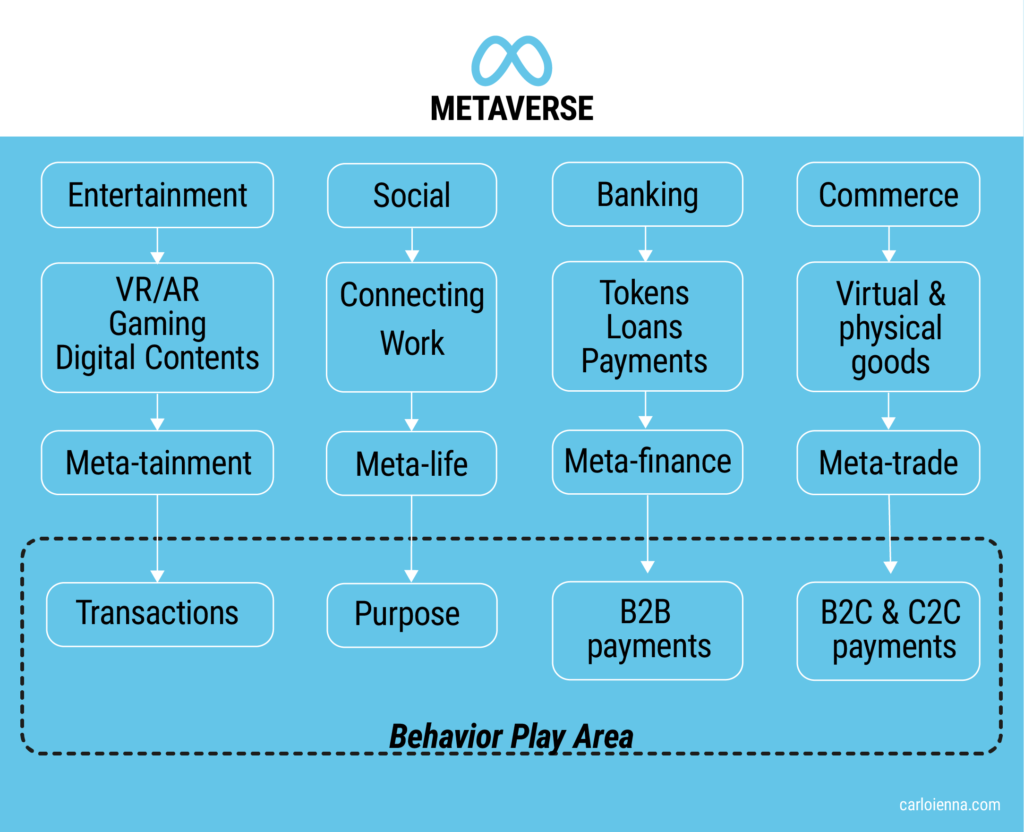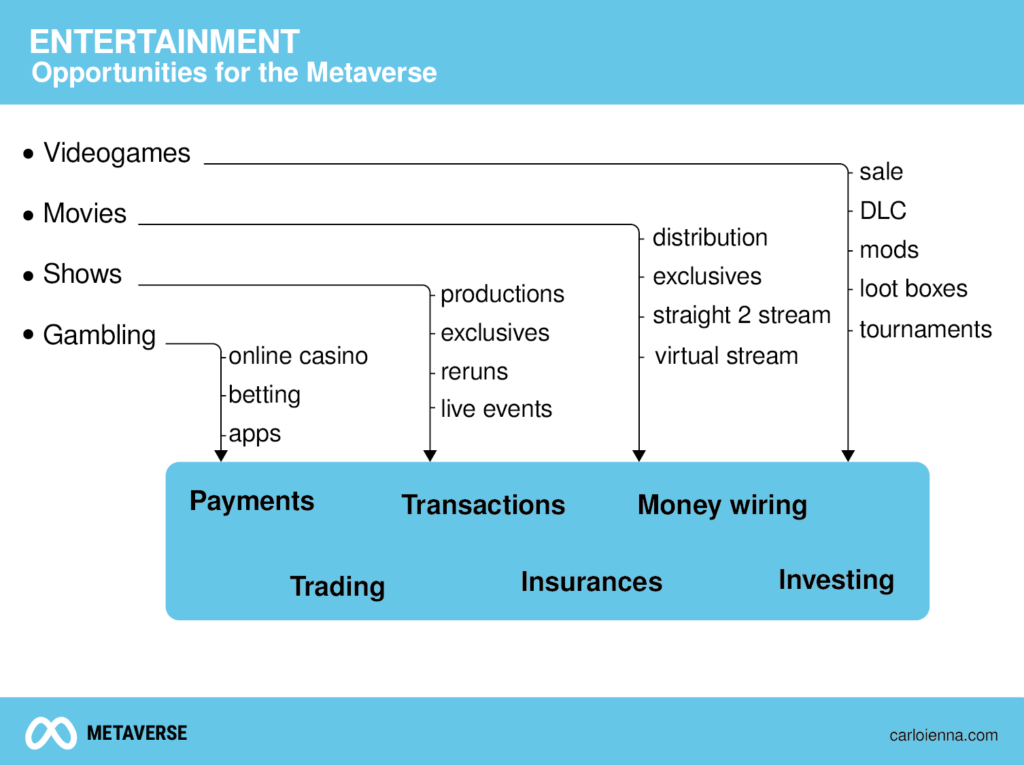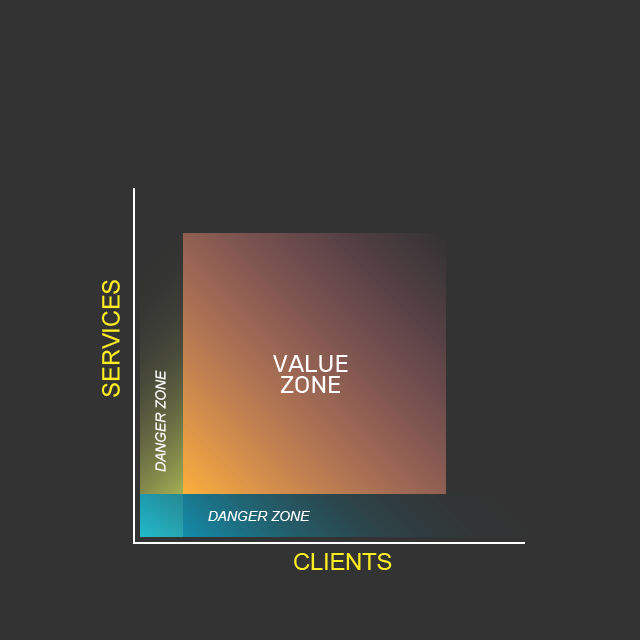
The process of product development comprises a variety of steps that each have their importance to understand and produce for the user. Every product is different with its purpose and output so the evolution stage will present with different challenges that might influence your approach. Designers shouldn’t be afraid when starting something new, it’s normal to doubt how some aspects of the process will turn into cheap shots making the work harder. This is normal and there isn’t a solution to this common issue, but rather a set of experiences that can build your confidence into reducing stress and help you along the way. Should you find a moment of weakness or doubt, pause and reflect to address your location on the map, this will help you strengthen aspects that are often discarded within the design community.
Consider the following when the need to create something new arises:
- The research phase will be long and require more resources than you think: new products require you to explore new areas that you never had the chance to visit. You are going to spend more time looking for your topics than analyzing them to extract what you’re looking for. This requires you to balance resources so you don’t spend too much time in your earlier stages.
- Data redundancy will be constant: while collecting elements you will find similar data among your team that creates the tendency to expand conversation and time dedicated discussing the information. Everyone during the discovery phase feels compelled to provide their experience and findings increasing the data quantity and its repetition; pay attention to what information is essential to the existence of your product and leave the rest for later.
- Create an early proposal: once you gathered enough data in the discovery phase you should create an early proposal to the stakeholder to understand if you are on the right track. This saves you time and budget because nobody is happy to find out they got it wrong after five months of work.
- The product you’re developing is just the first step: this important aspect is often overlooked. You are not developing just a product, you’re establishing a practice method to build a longer path for you and your client to develop business opportunities. This encourages you to be open, to foster broader ideas, to plan ahead, and to increase client loyalty benefiting both parties. Foresight is a vital part of product development because within more complex environments, you will have to interface with System Designers, Compliance, Legal department, to make sure everything is safe and sound.
- Team brainstorming is vital: it doesn’t matter if you are working in a small or large team, or if you are the only designer working on the project. The important thing is to brainstorm with other colleagues such as developers, product owners, tech department, to understand their point of view and how their input can enrich and assist your development process.
- Increased focus on lo-fi testing is better: designers have the tendency to show the pretty interfaces so they can convey a richer sense to stakeholders by having hi-fi models. Take a step back and make the lo-fi or skeleton system work first like clockwork, it’s easier this way because your focus is on the basic working mechanics: before you can run you need to walk.
- Stakeholders are your friends: as I mentioned a few lines earlier, sharing information with stakeholders allows to keep them in the loop and welcomed in the process. Empathy is your best friend and you will look like a considerate designer that can take care of people, products, development tasks, acquiring more awareness and important feedback.
Product development required the creation of an experience satisfying the user’s needs and client’s expectations. Remember to stay focused on who is the user and what are the essential key points to make your product viable first and scalable later.
Happy prototyping!
















